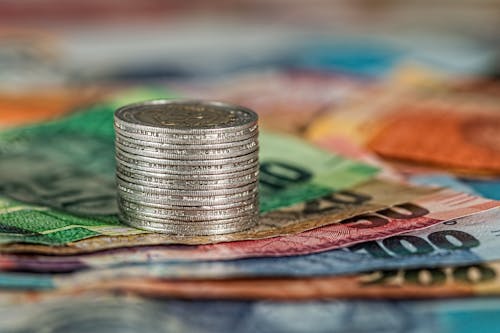The global economy has been hit hard by the pandemic and its consequences. The situation is so serious that some countries have even resorted to the previously rare measure of “quantitative easing” (QE). What does this mean? And what are the risks and benefits of such a measure?

What is “Quantitative easing”?
Quantitative easing is a fancy term for when a bank prints money to buy government bonds. In other words, the bank prints money and buys government bonds that are already in circulation. These bonds act like IOUs and they pay interest. The interest payments become a new income stream for the government, which it can use to finance more spending or lower taxes (or both).
Quantitative easing: drawbacks and benefits
Quantitative easing, or QE, is the process of a central bank buying government bonds and other securities from the private sector to increase the money supply and stimulate economic activity. QE was first used by Japan in 2001, followed by the U.S., Europe and UK after 2007.
QE has been used as a way of stimulating an economy when interest rates have hit rock bottom – for example if there is deflation (falling prices) or near-zero inflation rates. This can happen during recessions or when an economy is recovering from a recession but growth is still low.
The banks can print money, but they are not the only ones who can do this.

In a typical economy, money is created by the central bank and then distributed to commercial banks. Commercial banks can create more money by lending it, buying assets or issuing credit cards. They can also issue additional loans. When they issue securities (like bonds) they are lending money to people who buy those securities. In short, the banks have a lot of control over how much money there is in the economy and therefore how much inflation there will be for everyone else in society to deal with.
Quantitative easing is the process of printing money from a central bank to buy government bonds or other financial assets. Purchasing these assets, increases demand for them, thereby increasing their price and raising their yields. The purpose of quantitative easing is to increase the money supply to stimulate the economy.
The most common criticism against quantitative easing is that it could lead to inflation if there were not enough goods to meet demand.
To conclude, we can say that the government is trying to find ways to get out of the economic crisis, and quantitative easing is one of them. The main argument against this policy is that it will create inflation. However, some believe that inflation could be beneficial for an economy in recession. In conclusion, it is up to the government to decide whether they want their money supply increased or decreased.
Subscribe to our newsletter!

By Anshjeet Singh

No responses yet